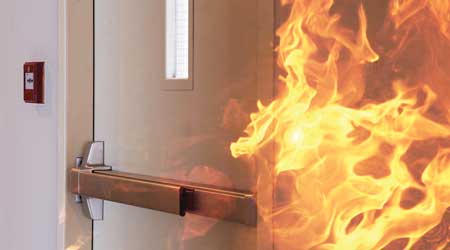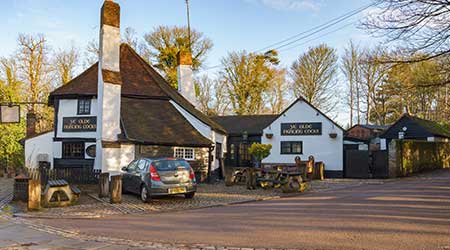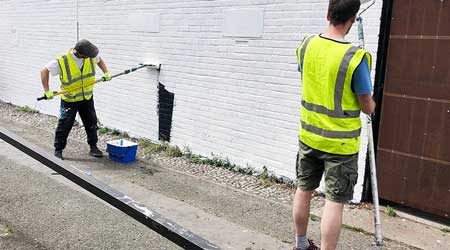
Old Buildings Become Fire Hazards Without Proper Maintenance
July 16, 2019
For many cities, identifying and executing a plan for what to do with old buildings once they reach the end of their useful lives is challenging. If no plan is in place, and if deferred maintenance isn’t done promptly, this speeds up the demise of these buildings. And when that happens, they can become dangerous in a number of ways, including being fire hazards.
Cincinnati is dealing with this issue now, as it attempts to close a funding gap for preventive maintenance on some of the city’s oldest buildings. If the city isn’t able to close a $57 million funding gap, it’ll be forced to decommission several police and fire stations, recreation centers, and other buildings.
As it is, the buildings are becoming increasingly dangerous to their occupants, according to this article. And if those buildings are forced to be shuttered, they immediately become public safety and fire hazards. There’s a cruel irony to a formerly functioning fire station itself becoming a fire hazard.
And the further issue is that if the buildings are forced to be decommissioned, what then? If there is no money to perform the required preventive maintenance, where will the money come from to build new facilities? That’s the Gordian knot Cincinnati and several other cities are faced with these days regarding their aging facilities.
The lesson here is to always plan maintenance long-term. Just like a piece of HVAC equipment, most facilities cannot be run to failure. There must be a plan in place for the end of their useful lives.
This Quick Read was submitted by Greg Zimmerman, executive editor, Building Operating Management. Read his cover story on how buildings are tackling climate change.
Next
Read next on FacilitiesNet












